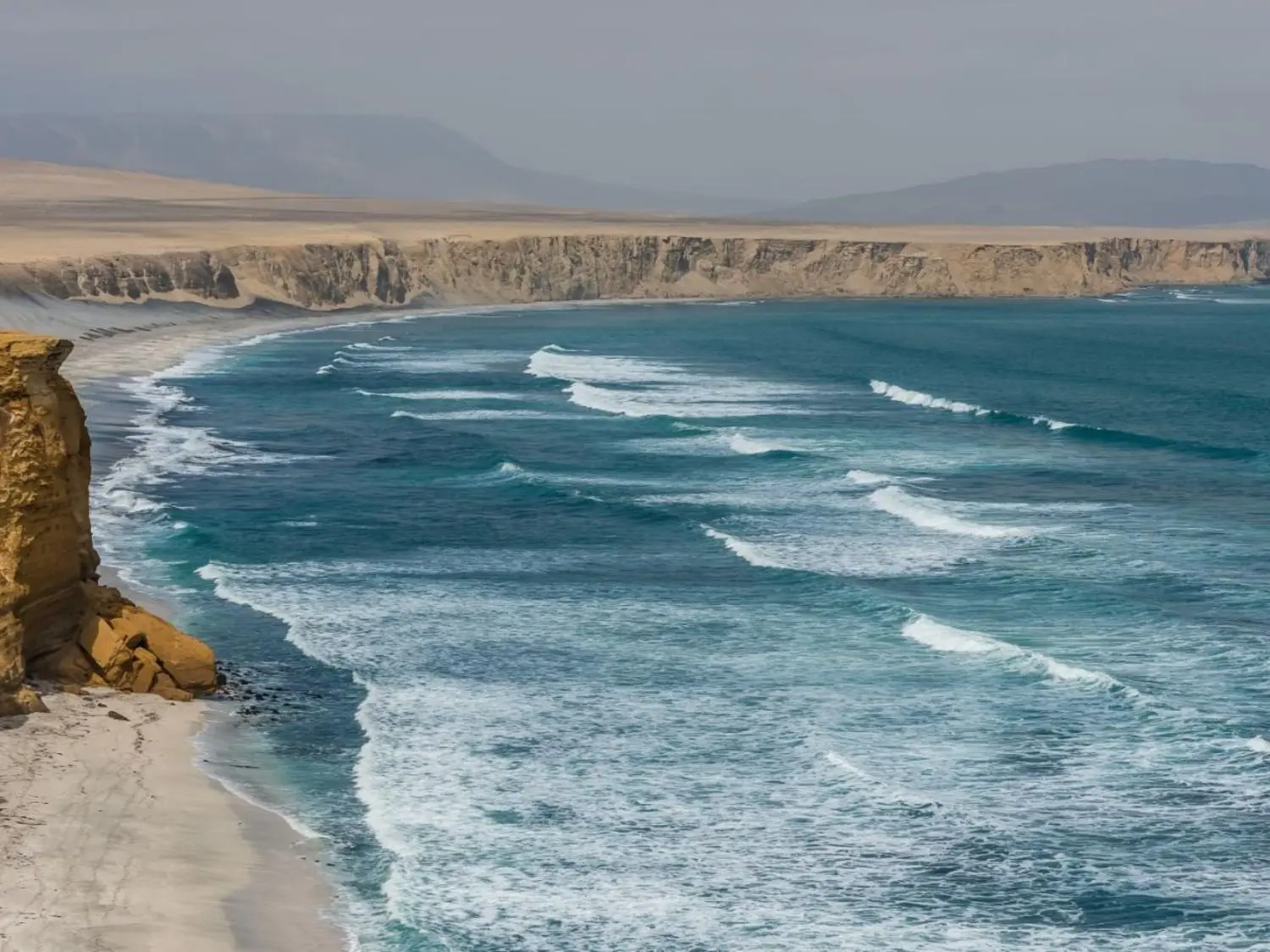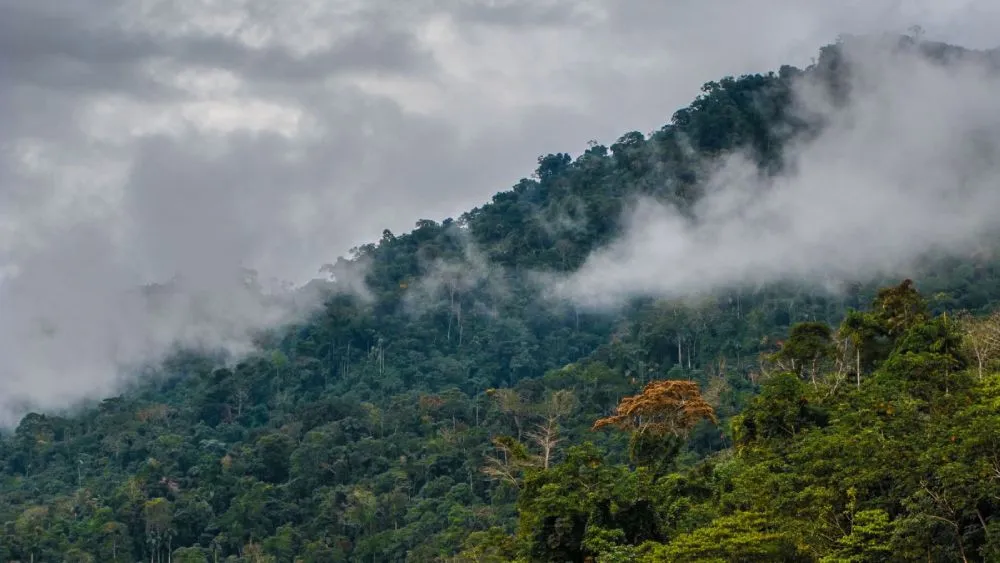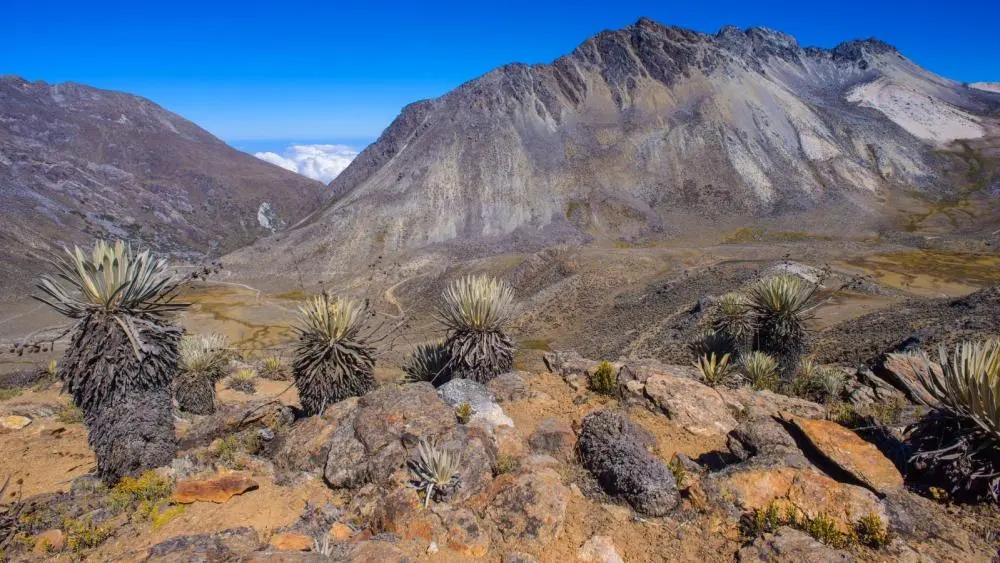Manu National Park
The biodiversity on display in this location, which is nestled in the Peruvian Amazonian rainforest, is lavish. Rainforests, as we know, are of vital importance to our planet. They cover only 6% of our land but are known to support over 50% of the planet's biodiversity. Manu National Park, one of the most biodiverse places on earth, is a protected part of the Amazon rainforest and has been designated as a UNESCO World Heritage Site. Swathes of this gargantuan park – it is 1.5 million hectares in size – are inaccessible. It is known as a haven of terrestrial biodiversity and is also home to the Matsigenka people and other indigenous tribes, some of which are still uncontacted. A beautiful aspect of this park is that so much of it remains roadless.
A visit here is not for the faint-hearted and includes a wearying bus journey from Cusco to Madre de Dios. You can fly from Cusco to Puerto Maldonado and then take a boat transfer to Manu NP, or Tambopata NR. The rewards are bountiful for the intrepid explorer. The Matsigenka people run a comfortable eco-lodge which you can use as a base before further exploration up the Manu River.
Tip: As inviting as a splash in the river sounds, make sure that you clear it with your guide before you decide to jump in. You do not want to disturb the water source of the surrounding wildlife.
The Tropical Andes
As a megadiverse country, Peru has invested somewhat in protecting its pristine nature and biodiversity, but even the solo traveller can contribute to the sustainable development of the areas they visit. If you are feeling up to the mental and physical challenge of a days-long hike, The Tropical Andes is an area worth exploring, as it contains roughly one-sixth of all plant life on the planet. Sure, the obvious hike in Peru is the Machu Picchu trail. However, there are several other trails, some days long, some even weeks-long, that allow travellers to soak in the varied and rich biodiversity of the majestic Andes.
Tip: Only hire guides or go with tour groups that subscribe to sustainable tourism, and, as with every other trek you go on, you should stick solely to designated trails.
The Pacific Coast
Many countries in the world straddle oceans and seas, but few can boast to possessing such an abundance of marine biodiversity as Peru. Just off the coast of the sprawling city of Lima, there is a unique marine phenomenon where the southern and cold Humboldt Current collides with the warmer Northern Equatorial Current. This creates an area which can sustain huge biomass of marine life and even as-yet-unknown species. However, although some parts of inland Peru are protected, there is still an ongoing struggle to stave off oil and gas explorations in the Tropical Pacific Sea of Peru.
A visit to Peru’s stunning coastline is more than worthwhile, but each traveller should consider its biodiversity and lend their voice to any effort to protect it.
Tip: Support a local business and have some fun by sampling Peru’s famed waves, but why not partake in a beach clean-up post-surf?
Click here to learn more about Nature Positive Travel & Tourism >



.webp?language=en)


